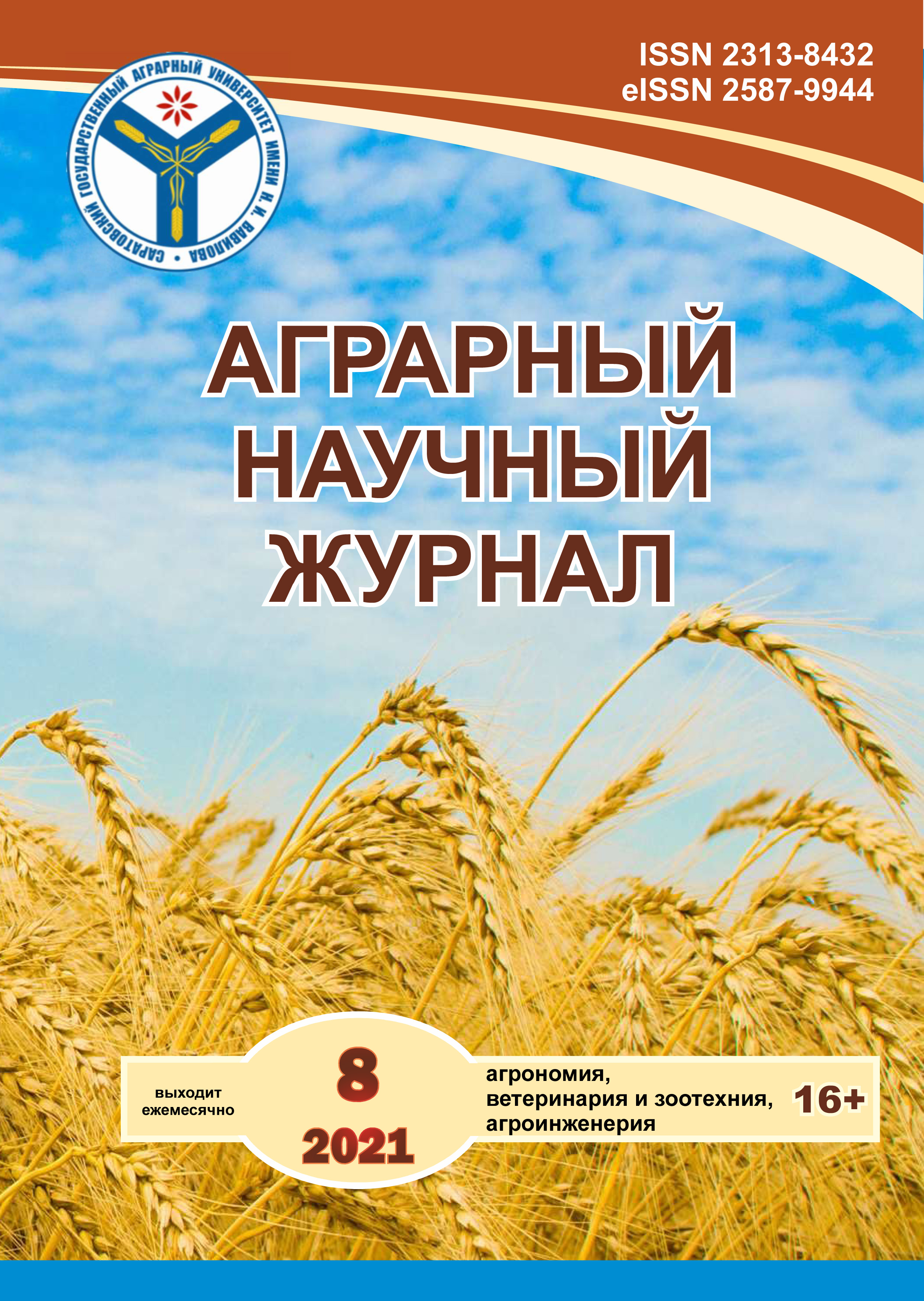Comparative effectiveness of flea allergic dermatitis treatment regimens in dogs and cats
DOI:
https://doi.org/10.28983/asj.y2021i8pp78-81Keywords:
Flea allergic dermatitis, skin diseases, flea, risk of infection, Spot-on, collar, tablet formAbstract
The article discusses the influence of external factors on the degree of risk of infection with flea allergic dermatitis among pets. Studied modern veterinary drugs that can be used to treat and prevent flea allergic dermatitis caused by flea lesions. Also, effective regimens for the treatment and prevention of flea allergic dermatitis have been drawn up. It was found that the preparation in the form of a collar is less effective than preparations in the form of "Spot-on". A flea collar is also less effective in dogs with thick coats. The drug in the form of "Spot-on" contact action begins to act after 12 hours, in contrast to the collar, which begins to act in full force after two days. The peculiarity of the form of release of the drug "Spot-on" allows it to evenly disperse on the skin of the animal and prevent a flea bite. This leads to rapid relief of itching and excludes new scratching. The tablet form does not fully protect against flea bites, which leads to a new outbreak of dietary supplements in the animal. The use of Spot-on drops in one of the group of subjects and the collar in the other group increased the effect of protection against flea bites and reduced the risk of developing dietary supplements in dogs. For cats, it is recommended to regularly treat fleas with the Spot-on contact action drug, the effectiveness of which has been proven by a decrease in the number of fleas in animals after the first day of treatment, in contrast to the form of release of the drug in the form of a collar. Droplet formulations in cats have also been shown to reduce itching and scratching.
Downloads
References
Дюкова М.В., Колтун Г.Г. Сравнительная эффективность схем лечения собак с аллергическим дерматитом // Инновации молодых –развитию сельского хозяйства: материалы 53-й научной студенческой конф.; Приморская государственная сельскохозяйственная академия. – Уссурийск, 2017. – С. 21–25.
Козицина А.И., Карпенко Л.Ю., Бахта А.А. Особенности показателей крови кошек при афаниптерозе (блошином аллергическом дерматите) // Современные проблемы общей и частной паразитологии: материалы III Междунар. паразитологического симпозиума. – СПб., 2019. – С. 140–142.
Круглов Д.С., Столбова О.А. Встречаемость ктеноцефалидоза у собак и кошек в условиях города Тюмени // Вестник Государственного аграрного университета Северного Зауралья. – 2017. – № 2 (37). – С. 67–70.
Луковникова Е.С., Милаев В.Б., Шабалина Е.В., Решетникова Т.И. Лечение пиодермии у собаки с применением диметилсульфоксида // Научное и кадровое обеспечение АПК продовольственного импортозамещения: материалы Всерос. науч.-практ. конф. – Ижевск, 2016. – С. 43–49.
Патерсон С. Кожные болезни собак; пер. с англ. Е. Осиповой. – М.: Аквариум принт, 2011. – 176 с.
Федорин А.А., Пудовкин Н.А. Распространение аллергического блошиного дерматита в Саратовской области // Современная ветеринарная наука: Теория и практика: материалы Междунар. науч.-практ. конф. – Ижевск, 2020. – С 201–206.
Downloads
Published
Issue
Section
License
Copyright (c) 2021 The Agrarian Scientific Journal

This work is licensed under a Creative Commons Attribution-NonCommercial 4.0 International License.








